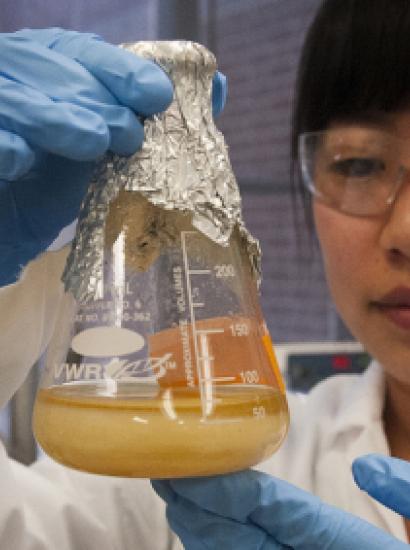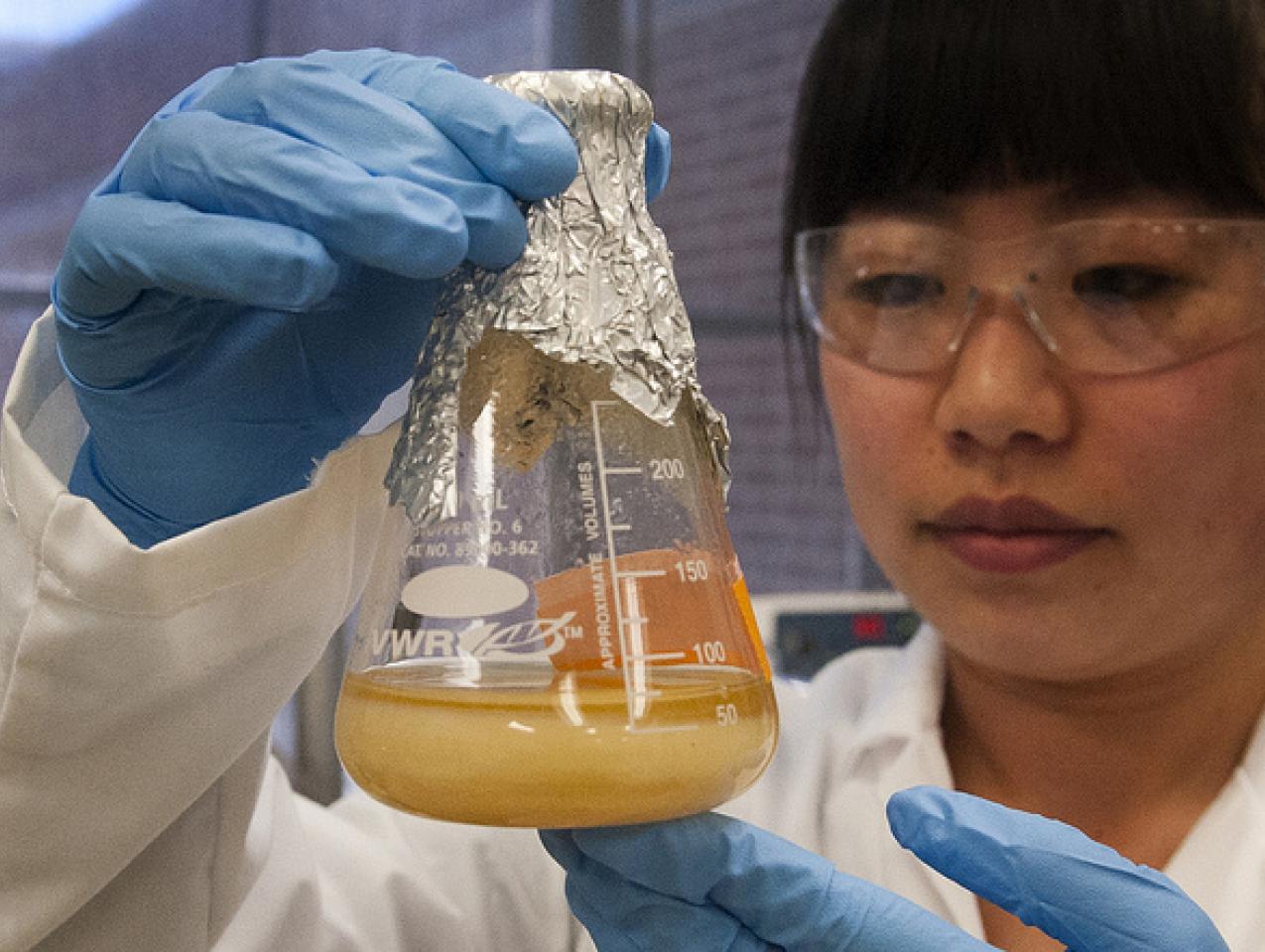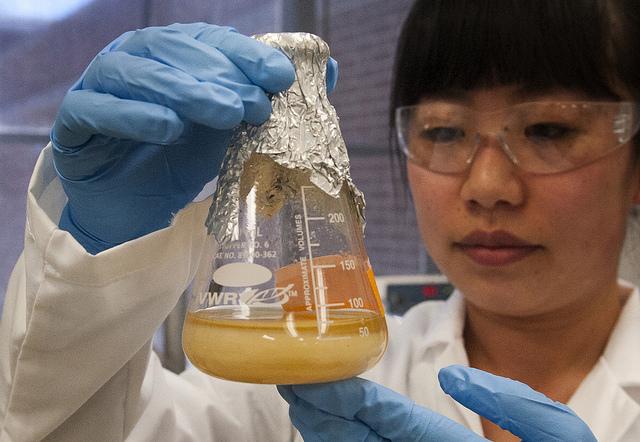- Education
Last week, the National Labor Relations Board held that the graduate students of Columbia University who work as teaching assistants, including any research assistants “engaged in research funded by external grants,” are statutory employees protected under the National Labor Relations Act, and thus entitled to join an elected union of their own choosing. The three-member Democratic majority held in Trustees of Columbia University v. Graduate Workers of Columbia-GWC that graduate students were employees under Section 2(3) of the NLRA. This section provides, most unhelpfully, “the term ‘employee’ shall include any employee,” with exceptions irrelevant to the issue at hand.
The Board’s decision was notable in part because a long list of research universities, led by Yale University, had filed a strong amicus curiae brief, warning against the undesirable consequences that could follow if the Board overruled its 2004 decision involving Brown University that came out the other way because “the services being rendered are predominantly academic rather than economic in nature.” These include coursework, individual research, and teaching under the close supervision of their professors, as part of an integrated program leading to an advanced degree.
The universities’ position was strongly resisted in an amicus curiae brief submitted on behalf of the American Association of University Professors making several claims and factual assertions: (1) that the change in status was no big deal; (2) that NYU had entered into a voluntary agreement with a branch of the UAW that was working well; and (3) that over 35,000 graduate students in public universities were organized outside the reach of the NLRA. The rejoinder to this assertion was twofold. The universities noted that the NYU agreement has had its ups and downs, and that public universities are very different institutions than private ones. They also urged that it was dangerous to upset an established tradition by fiat, when not a single one of these universities has ever dealt with a single unionized graduate student. At present, no one has any strong evidence either way.
There is a rich irony that the great research universities, so politically liberal, would resist graduate unions in their own backyard when they would never question the desirability of the NLRA in business contexts. Indeed, the greatest difficulty for the universities is that they have to explain why they need an exemption from a general rule in the first place.
In my mind, they should not have to face that difficulty, for there is ample reason to doubt that the NLRA should apply to any business whatsoever. An elaborate, often bitter, election procedure allows the union that captures a majority of member votes to become the exclusive bargaining agent of all employees, dissenters including. The law then requires that the two sides bargain in good faith to reach a collective agreement. The collective bargaining procedures are cumbersome and costly. They often generate suspicion and distrust and require high levels of formality to make them work. Once in place, they are often disruptive of sensible business relationships. If those negotiations break down, unions may strike, and employers may lock out workers. The adverse effects on third parties, who are deprived of key services, are chalked up as simple “incidental” losses that the law necessarily ignores. This is a high price to pay to give unions a legal monopoly against the unionized firm.
It is also critical not to forget the uncertainty that comes from unionization. On the one side, firms develop consistent anti-union strategies long before any union arrives. Once unions get in place, it is very difficult to predict how relations will develop. Unions typically have to choose between two opposite strategies, in part in response to the strategies that resisted their recognition. Some unions prefer to reach quick deals with employers that give them a large share of the pie without disrupting the firm’s relationships with its customer base. But other unions, probably a minority, prefer to take a high risk and high return strategy, in which they back strong demands on wages and conditions by their willingness to strike. It is virtually impossible to predict which strategy will dominate in any case, which means that unionization injects a wild card that adds a layer of uncertainty that nonunionized firms don’t face.
Given the high stakes of unionization, it is deeply problematic that the NLRA gives so little guidance as to which groups are covered. In Columbia, the NLRB majority applied “the common law” definition of employee, which includes the graduate students to whom the university pays a wage for the performance of particular tasks under its direction. But the common law never had to face the question of sorting out dual relationships between instruction and employment, about which the NLRA says nothing. And private parties in a common law regime could always modify and tailor their business relationship in whatever way they saw fit in order to advance their mutual benefit.
It is therefore telling that the elite research universities, who know their own businesses, oppose the change. Hence, it is proper to ask the question of whether the imposition of a union arrangement for employment will impair the educational mission of the university. The answer is yes. Yale University President Peter Salovey observed that “I have long been concerned that this relationship would become less productive and rewarding under a formal collective bargaining regime, in which professors would be ‘supervisors’ of their graduate student ‘employees.’”
Of course, the question is ultimately empirical and, on that issue, the Board’s majority took the position of the American Association of University Professors that the great universities could take these problems in stride, just like NYU has done. Not only is the question an empirical one, but generalizations are difficult to make because collective bargaining agreements go off in so many different directions. The majority of the NLRB was not overly concerned with these issues because of the success of unionization at NYU and public universities. It is surely the case, therefore, that unionization does not spell the immediate death of the university. But the NLRB’s ruling raises the further question of whether the deal will hold firm in the long run, given that unanticipated events could lead to work stoppages, loss of morale, or bad publicity that could damage relationships with donors or students.
On this score, it is instructive to look at how the collective bargaining agreement works at NYU. (Note that the law school, where I teach, is not covered by the agreement.) The contract is well drafted and it does not include all the graduate students that are covered in the NLRB decision. In particular, it does not cover the Medical or Business school, and, most importantly, it does not cover “research assistants at Polytechnic Institute, [and] research assistants in the Biology, Chemistry, Neural Science, Physics, Mathematics, Computer Science and Psychology departments.” It then sets out a salary scale for the covered graduate students that started at $26,200 in 2015 with modest increments over the next four years. In addition, the agreement specifies an elaborate grievance procedure that allows individual union members to challenge within limits their course requirements.
So where can things go wrong? Here the greatest peril does not come from the implementation of the agreement by NYU and the UAW. Instead, it comes from the Fair Labor Standards Act, which regulates the standard for wages and hours of all employees. The Department of Labor issued a general ruling that any worker who earns less than $913 per week or $47,476 annually for a full-year worker—roughly double its previous level—is eligible for overtime compensation on an hourly basis. This rule applies to all employees whether or not they are unionized, and it is not waivable by the workers who are protected.
The FLSA’s definition of an employee is no better than that in the NLRA: “the term ‘employee’ means any individual employed by an employer.” There is no reason to think that the Department of Labor will shrink from using the same definition that was adopted by the NLRB, instead of taking its cue from the NYU collective bargaining agreement that exempted research assistants from its scope. After all, the common law test could still be applied even if the costs of its administration skyrocket in the new context.
The news is very grim. As applied to the university context, the FLSA forces both the union and the university to abandon their simple salary scale for unionized workers, in favor of a verifiable procedure to separate their teaching from their student hours, which could prove difficult, especially when overtime pay is at issue. None of this bookkeeping and monitoring is necessary under the sensible salary arrangement in the NYU contract. In addition, the NLRB rule applies to all research assistants, so in all likelihood they too will be covered by the FLSA rule. But, once again, no one quite knows how to separate out the time that a research assistant spends on his or her own work and on that of the employer. Nor are government and private grants sufficiently flexible to provide the needed overtime support if it turns out that these students spent far more than 40 hours per week in their laboratories, just like their professors.
All too often, employment decrees are handed down on high by regulators who look only at their own bailiwick but then ignore the consequences of their handiwork. The FLSA rule is scheduled to go into effect on December 1, 2016. At this point, every university and research laboratory in the land has to scramble to make sense of the new rules and figure out where to get the additional funds to pay the extra salaries and institute compliance systems to ward off the inevitable lawsuits that this massive uncertainty invites. And the Department of Labor, of course, does not address the serious operational difficulties created by its regulations.
There is an old adage that applies here: it takes enormous work to build up institutions with genuine academic excellence and distinction, but it takes only a few boneheaded rulings to send them crashing down. The Department of Labor should postpone and modify its new regulations. If it does not, Congress should do something to protect our great research institutions.
















